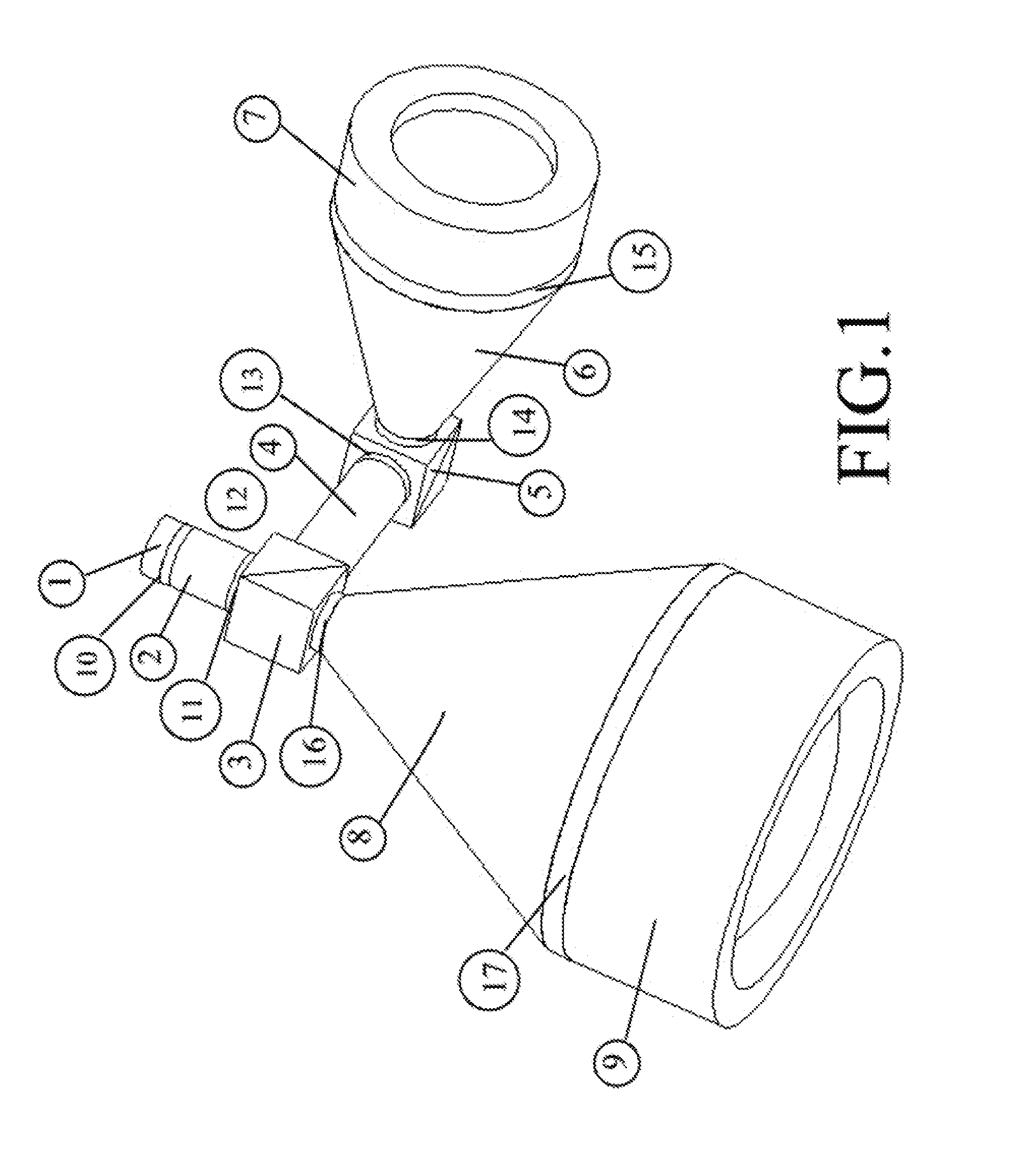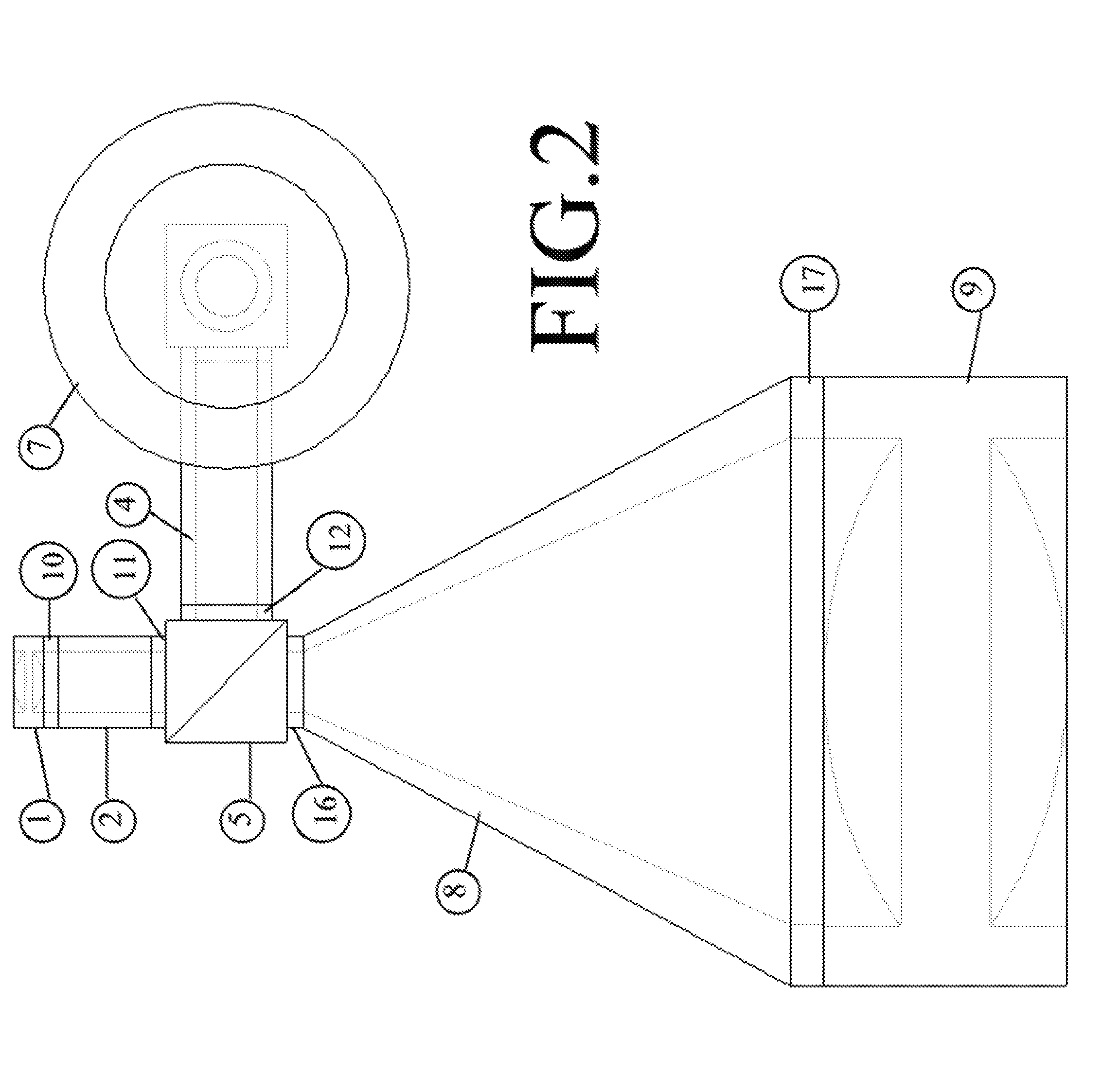Precision optical assemblies, especially Interferometers are very sensitive to environmental conditions.
A common problem with this configuration is that the mirror alignment is very sensitive to vibration, shock, and slight
metal fatigue conditions.
However, this requirement contradicts a more important one, that is, that the interface between the different components in the
assembly be totally stiff.
Various technologies have been developed to overcome this problem; nonetheless, maintaining constant alignment is a routine and costly process.
In the traditional designs, stresses such as those produced by preloaded screws, ball contacts and internal dislocations in the substrate create various problems, including those associated with random relative movement, bulk geometry,
birefringence and
wavefront.
Similarly, as two dissimilar interfaced parts go through thermal
cycling, their differential expansion will cause stresses that will lead to misalignment.
Great care must be taken in the fabrication aligning and bonding of the elements and spacers to achieve the required alignment; however, once successfully assembled, the monolithic structure is extremely robust, nearly impossible to misalign, much less massive, and smaller than a
system employing mechanical mounts.
However
metal or other tough
ductile materials still affect design, since the assembly eventually will have an interface specifically, the outer face that connects to metal.
However, using smaller, lighter assemblies may allow trade-offs in other parts of the
system, decreasing overall product cost.
As the distances between optic elements grow, the cost, weight, and ability to maintain the required tolerance of spacers become unmanageable.
Furthermore, in some applications such as
Infrared Interferometer with
large aperture, employing optic elements and spacers, all with the same material is impractical and extremely costly; since all transmitting components such as lenses and
beam splitters are fabricated
Germanium that is expensive, while large mirrors and frame / mounting fixtures can be made with light weight and less expensive composite materials.
Another concern is the removable adjustment and alignment fixtures concept: in this structure, monolithic
optics are aligned during the
bonding process; after the bond is stable, the tooling can be removed, but due to
bonding process problems such as adhesion uncertainty, thickness uniformity, curing-
induced stress, coefficient of
thermal expansion mismatch, and weaker bond, which may cause mechanical drifting after
bonding process when the tooling is removed.
Cons:Less flexibility in optical component design.Less flexibility in optical component material.Less flexibility in frame / mounting design.Less flexibility in frame / mounting material.Removable adjustment and alignment fixtures that may cause mechanical drifting after bonding process.Less feasible, impractical and higher cost for
large aperture, long
optical path assemblies.
While these adhesives have been applied to a variety of devices, including
solid state
laser systems, they suffer from numerous disadvantages.
First, they tend to gradually decompose when they are subjected to intense
laser radiation.
Therefore their usefulness may be limited to applications requiring a single or at most a few bursts of
laser radiation, for example such applications as laser-initiated explosive ordnance.
They are not practical when long-term reliability is an important requirement for economic viability of a laser device.
Second, there usually exists a difference in
refractive index between the organic
adhesive and the components to be bonded.
It is normally impossible to overcome this difference since the indices of organic adhesives are rarely available beyond an index of 1.6 while many of the crystals to be bonded have significantly higher indices.
Third, organic adhesives generally have poor thermal and mechanical properties thus making them poor candidates for components requiring high reliability.
Fourth, organic adhesives are usually prone to
outgassing, especially when evacuated or when heated, thus leading to performance deterioration due to
contamination.Inorganic Frits and Glasses: Another technology for bonding and / or sealing similar or dissimilar materials employs inorganic low-
melting temperature glasses either as powders suspended in inorganic or organic vehicles or as readily applicable preform sheets.
Different thermal expansions and refractive indices are available for obtaining a certain degree of matching between the properties of the
frit and those of the components to be bonded, thus providing at least limited utility.
Electrical insulation and
dielectric properties also are compromised by the presence of metal within the bond.
This process is not only impossible to apply to a variety of glasses, it is simply impractical for many specialized applications primarily due to the high working temperatures.
Fusion Splicing: The technique of
fusion splicing of optical fibers has enjoyed relative success, especially in the arena of
optical communication.
Unfortunately this technique has not proven to be as successful with optical fibers used to transmit high power laser
radiation.
For this application even minor defects such as those commonly associated with
fusion splicing will result in unacceptable levels of absorption and scatter, potentially leading to
catastrophic failure of the bond.
A further problem associated with
fusion splicing is that this technique is restricted to joining fibers of the same or similar
chemical composition, such as silica-based fibers with other silica-based
fiber ends.
Inputs and outputs of optical fibers from electro-optical devices have to be joined by methods which are fraught with disadvantages, typically resulting in unacceptable loss levels at the device interface.
Anodic Bonding:
Anodic bonding is a technique utilizing electrostatic fields to irreversibly join planar surfaces of electrically conducting materials with electrically insulating materials.
This may be sufficient for certain research applications but is not practical for a production of electro-optical devices.
While it may initially appear that the application of pressure would alleviate problems with defects at the interface, it is likely to have the unintended
adverse effect of prematurely
trapping gas in the interface area by sealing it in before it can escape.
When this technique is used with
single crystal wafers and at temperatures which are insufficient to allow plastic deformation, the applied pressure can generate micro-cracks.
Since the techniques disclosed in U.S. Pat. No. 4,810,318 would not be sufficient to eliminate such defects as gas or
particulates, the
resultant interface would not be a low scatter interface.
Therefore this technique is limited to joining components which are not sensitive to scatter at the interface.Mechanical Contacting: EPA Patent No. 0 209 173 discloses a process of contacting optically smooth surfaces of semiconductors or of optically or magnetically active materials with each other in a dust-free
atmosphere in order to obtain a mechanical connection, after which they are subjected to a heat treatment of at least 300.degree. C.
The alternative use of
spin coating as a bond-activating treatment not only results in gas
entrapment but also tends to modify the physical properties of the components at the
bond interface.
Additionally, heat treatment of the spin coated surfaces results in glass formation with microscopic mud cracks which reduce
surface smoothness and result in reduced contact between adjacent surfaces.Optical Contacting: Optical contacting has long been known and employed in the fabrication of optical components such as cuvettes of
fused quartz for
spectroscopy.
 Login to View More
Login to View More 


